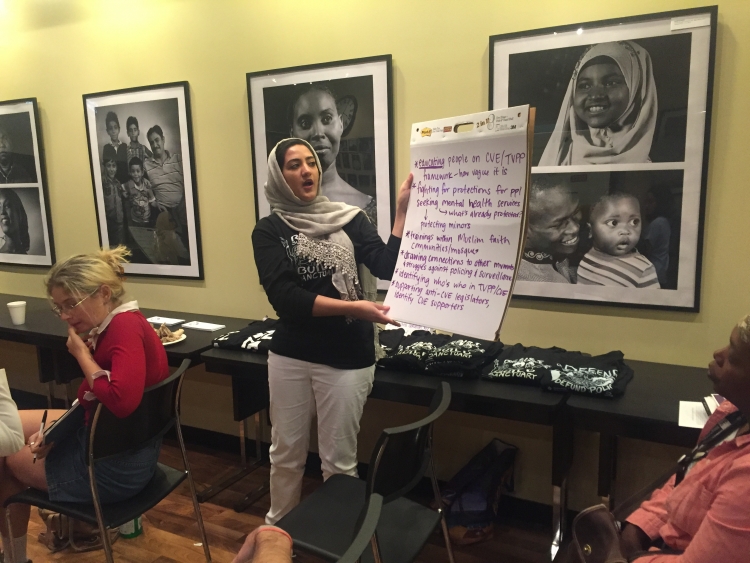
When I was a preschool teacher at a community-based center last year, we began serving a growing number of refugee and immigrant children and families, some of whom were Muslim. As the only Muslim teacher there, I noticed how other adults at the school made assumptions about cultural differences in a genuine attempt to understand why some students behaved the way they did: “In their culture, they aren’t allowed to...”
When I visited a Muslim-majority public high school in the same neighborhood, the staff was having a difficult time explaining to non-Muslim students why their classmates were exempt from having to wear gym uniforms based on religious needs. Some of the teachers complained to me: “Why don’t they just assimilate?”
Islamophobia is most obvious in racial slurs, tweets, or direct attacks, but it also appears in less blatant forms, such as microaggressions or even well-meaning remarks that can stem from our unconscious biases.
Although there is no one “Muslim student experience,” it is important to identify and address school policies and institutional Islamophobia that could impact students based on their identity.
Every one of us – educators, parents, community members, students, school staff – can actively work to better support Muslim students, counter Islamophobia, and create more inclusive spaces for all.
Here are three resources that can help:
1) Teach students about Islamophobia – and what they can do to stop it.
Educating students about the impacts of Islamophobia is one critical way to dispel myths and stereotypes about Muslims or Islam. Check out our curriculum for middle and high school students, Countering Anti-Muslim Racism in Schools, which aligns with Common Core standards. Developed by AFSC and the University of Illinois at Chicago, the curriculum offers methods and resources to help students better understand Islamophobia, its history, and its contemporary implications for Muslim communities across the United States.
The curriculum is being used in at least two states this school year, and educators in more cities across the U.S. have taken part in our workshops and webinars to learn more. The curriculum can also be adapted if you work with young people in settings that are less formal than school.
In addition to teaching students, we can also learn a lot from them! ? Youth are often asked to follow policies that affect them most without being asked what would actually be best for them. What makes students feel safe or unsafe
School policing and surveillance are commonly used as school safety measures, however they can often create unsafe conditions for Muslim students as well as all students of color, as they are often criminalized. A report by the Brennan Center found that 14 of the 26 federally funded “Countering Violent Extremism” surveillance programs focus on schools and students, some as young as five years old, effectively turning schools into surveillance hubs.
2. Download and share this poster to help students understand their basic rights when it comes to policing or surveillance in schools.
Display them in classrooms, youth centers, places of worship, and other gathering places so that students can be aware of their rights in school.
3. Support students interested in researching policing and surveillance in their schools.
Learning just what policing and surveillance policies exist within a school can be empowering to Muslim students and students of color. AFSC recently taught several youth leaders how to file Freedom of Information Act (FOIA) requests in Chicago to learn about the police officers stationed at their schools. Later, these summer interns led FOIA teach-ins within their own communities.
Download and use the FOIA how-to zine they created.
Schools should be safe and welcoming for Muslim youth and all students. We can all work to make that happen by identifying our own biases, helping others understand Islamophobia, and engage and provide resources to students, school staff, and others in our communities to create more inclusive spaces for all.